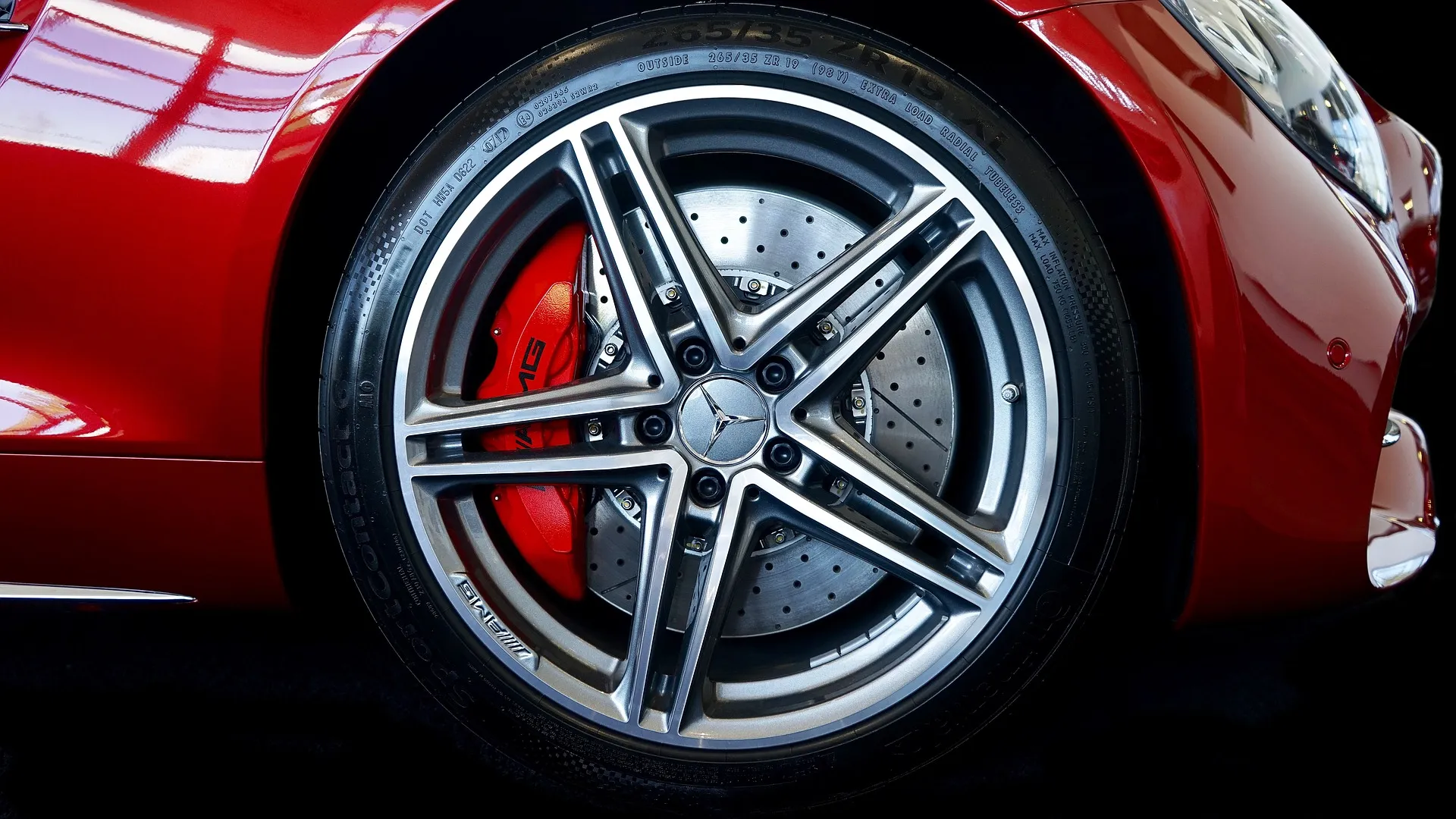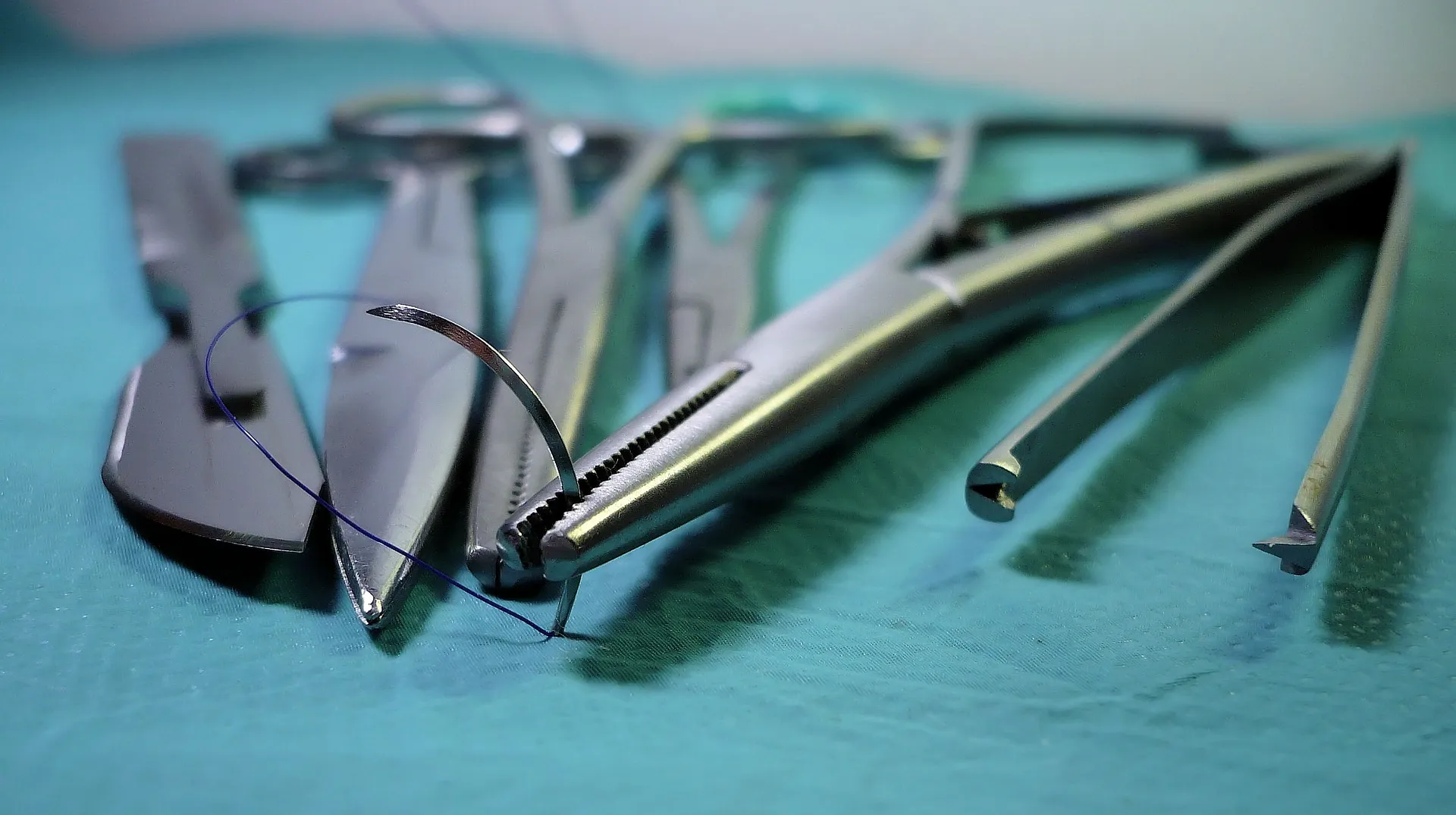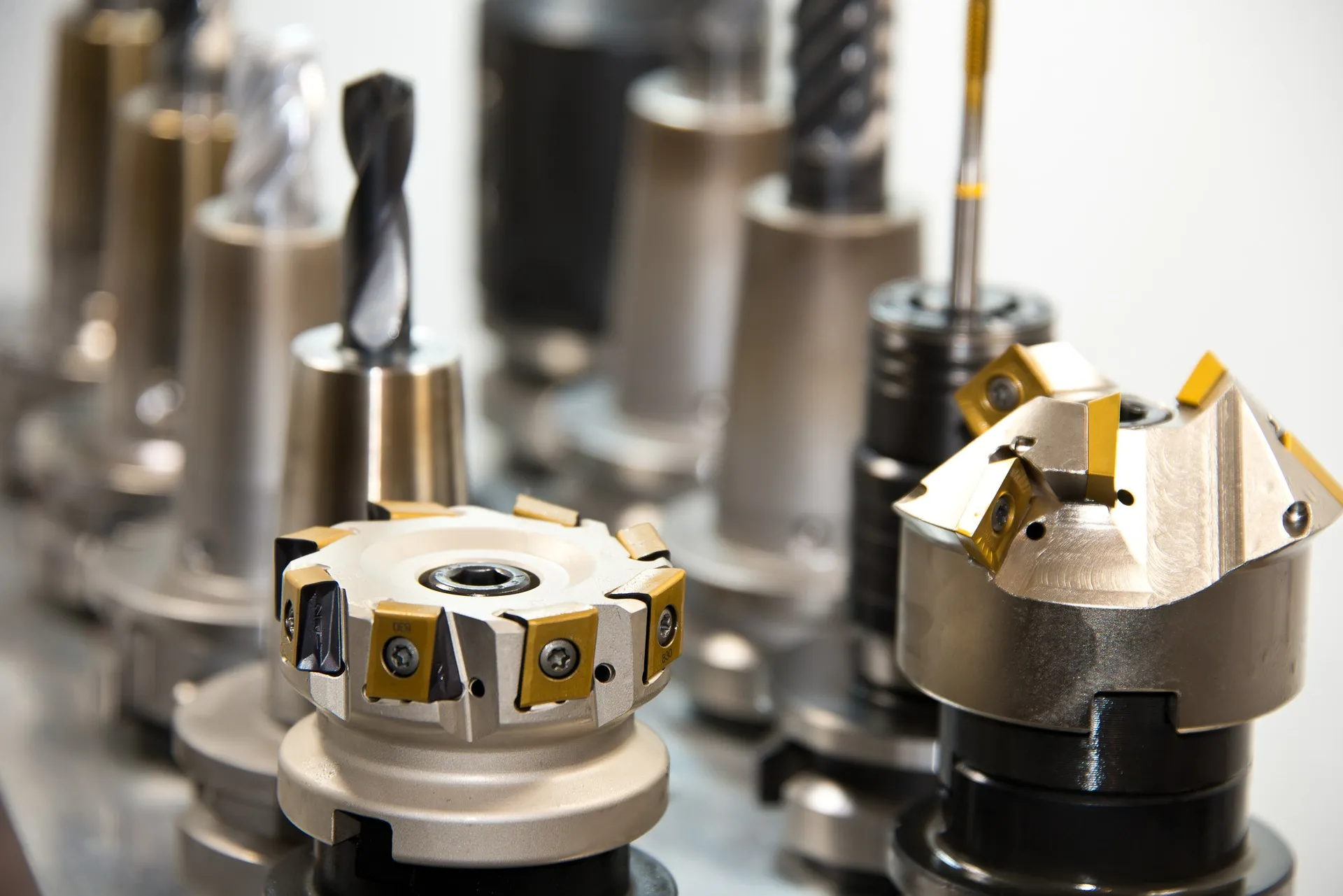Steel is an iron alloy. It consists mainly of iron combined with one or more metals. This process creates a new material with unique traits. If you’re curious about metal types, check out the article “Twenty Different Types of Metals.” It has easy explanations and pictures of each metal. Today, the goal is to investigate four types of steel often found on the market.
Four Different Types of Steel
Experts classify steel into four major categories, although many subgroups fulfill various functions. Its characteristics vary based on the elements added to iron and the techniques used to heat and cool the metal. Carbon steels, alloy steels, stainless steels, and tool steels are the four significant types of steel.
Carbon Steel
These steels are a distinct kind of steel that, as the name implies, contains more carbon than other types of steel.

The majority of steels have a low carbon content ranging from 0.05% to 0.3%. Carbon steel has a carbon content of up to 2.5%. 2.5% carbon may seem small, yet it adds many appealing advantages not seen elsewhere.
Carbon steel has three common types. The quantity of carbon in the steel composition categorizes these kinds.
Low-carbon steel contains between 0.04% and 0.30% carbon. This steel is one of the most common types of carbon steel. It includes a wide range of forms, from flat sheets to structural beams. We add or increase other components depending on the required characteristics.
Medium Carbon Steel: This kind has a carbon level ranging from 0.31% to 0.60% and a manganese concentration ranging from 0.06% to 1.65%. Medium carbon steel is more difficult to shape, weld, and cut than low carbon steel. The manufacturer often uses the heat treatment method to harden and temper medium carbon steels.
High Carbon Steel: People often call this steel carbon tool steel. It usually has a carbon content ranging from 0.61% to 1.50%. High carbon steel is difficult to cut, bend, and weld. It becomes very hard and brittle after being heat-treated.
Applications
Shipbuilding, wire, automobile bodywork, and household goods are all made from low-carbon steel. Heat treatment can’t change it, which is why it is a standard choice in fabrication and paneling. Wrought iron is carbon steel with the least carbon, used for fences, gates, and railings. These steels are durable but not fragile.
Medium carbon steel is easier to process. Adding small amounts of silicon and manganese improves its quality. It is also called mild steel. This material is a standard choice for buildings, bridges, axles, gears, shafts, railways, and pipelines. You will also find it in couplings, automobiles, refrigerators, and washing machines.
High-carbon steel provides higher tensile strength. People use it to produce cutting tools, blades, punches, dies, springs, and high-strength wire.
Alloy Steel

Molybdenum, manganese, nickel, chromium, vanadium, silicon, and boron are all alloyed into alloy steel. Alloying elements boost the metal’s strength, hardness, wear resistance, and toughness.
The proportion of alloying elements may range between 1 and 50%. But alloy steels are usually of two types: low alloy steel and high alloy steel. Other standard alloy steels include High Strength Low-Alloy (HSLA) Steel and maraging steel.
Low Alloy Steel: This low alloy steel includes the chromium–molybdenum series. It also has added elements like vanadium, niobium, and titanium. They often provide creep-resistant steel properties.
High-alloy steel: High-alloy steel is an iron alloy with a 10.5% chromium content. The alloy combination in high-alloy steel is also more than 10%. The latent layer is a thin coating of oxide that chromium deposits on the steel’s surface. It is somewhat more expensive than low-alloy steel.
High Strength Low-Alloy (HSLA) Steel: HSLA, or high-strength low-alloy steel, is also known as micro-alloyed steel. High-strength low-alloy steel (HSLA steel) is tougher than regular carbon steel. It also resists corrosion better.
Maraging steel: Low-carbon martensitic steels use substitutional alloying elements to achieve precipitation strengthening. Scientists found several sheets of steel that gain high strength with low carbon. One example is martensitic precipitation-hardened stainless steel.
Applications
Energy pipes consist primarily of alloy steel. This material is stronger and more durable than any other. It’s also good for making heating parts for toasters, cutlery, pots, pans, and containers that resist corrosion.
Stainless Steel

This steel is a category of ferrous alloys with at least 11% chromium, a composition that resists corrosion and offers heat resistance.
Stainless steel contains several components, including:
Carbon
Nitrogen
Aluminium
Silicon
Sulphur
Titanium
Nickel
Copper
Selenium
Niobium
Molybdenum
These elements appear in different forms.
Stainless steel offers environmental benefits and has an attractive appearance. It’s hygienic, simple to maintain, and very durable. Plus, it offers many functions. As a result, stainless steel may be available in a wide variety of everyday products. Transportation, building, research, medical, food, and logistics are key industries. They all have a big impact.
Austenitic stainless steel: This kind of stainless steel has two distinct features. To begin with, austenitic stainless steel contains a significant amount of chromium. This material improves corrosion resistance. Second, these objects usually aren’t magnetic. But a cold-forming process can make them magnetic. The following are the most prevalent stainless steel alloys.
Ferritic Stainless Steel: This type of stainless steel is the second most common alloy and is magnetic. This alloy’s materials are hardenable through cold forming and are less expensive than other types due to the lower nickel content.
Martensitic Stainless Steel: The least frequent kind of stainless steel alloy is this one. Martensitic stainless steel is great for tasks that need high strength or strong impact resistance. This material often has a protective polymer coating to improve corrosion resistance.
Application
The manufacturer often uses stainless steel for its unique traits and resistance to corrosion. Coils, sheets, plates, bars, wire, and tubing are all machined from this alloy. It is usually turned into the following applications.
Stainless steel is popular in various areas, such as:
Automobiles and transportation
Medical facilities
Building construction
Plane construction
Food and catering
Its versatility makes it a top choice.
Tool Steel

Manufacturers often refer to various carbon and alloy steels used in tool manufacturing as tool steel. The steel used in consumer products differs in quality, and the production takes place on a smaller scale. Quality assurance controls ensure that a specific grade of tool steel can do its job, like machining or perforating.
Types of Tool Steel
Water Hardening tool steel: These are basic carbon tool steels with a carbon content ranging from 0.60 to 1.40%. As a result, these tool steels are the cheapest. The intrinsic hardenability of these steels is poor. In water, sections with a thickness of less than 8 mm will through-harden.
Shock-resisting tool steel: This type of steel exhibits toughness. It can handle repeated blows well. As a result, the maintenance of the carbon content of these steels is low, ranging from 0.45% to 0.60%, although they have considerable wear resistance. Silicon, chromium, and tungsten are the primary alloying elements used.
Mould Steel: As for the name, Mould steel is famous for creating plastic moulds. Steels must resist extreme pressure as well as the abrasive action of moulding powders. As a result, the moulds’ surfaces should be hard to resist abrasive activity. The moulds’ cores should be strong to resist stress during the compression cycle. The moulds’ surfaces should have a high degree of finish to impart a superior surface finish to the moulded goods.
Cold-work tool steels: The most significant group of tool steels is this one. The bulk of tool applications falls into this category, and as a result, it generates the greatest tonnage. As their name implies, manufacturers use these steels to produce tools for cold-work situations that do not exceed 200 °C.
Hot work tool steels: These steels are ideal for high-temperature metal-forming tasks.
They perform well in:
Hot stamping
Piercing
Forging
Drawing
Extrusion
Upsetting
Swaging
Die-casting
This applies to aluminum and copper alloys. They use them where temperatures range from 200 °C to 800 °C.
Applications
Tool steels are widely used for various tasks. These include:
Forming, stamping, and cutting plastics and metals.
Extruding plastic sections, like vinyl window frames and pipes, is a common manufacturing process.
Stamping computer parts from metal sheets.
Slitting steel coils into strips.
Making dies for compacting powder metal into shapes, like gears, is essential.
Summary
Steel is a kind of metal that is a mixture of iron and other materials. The majority of firms are searching for steel for their specific markets. In this instance, one type of steel does not meet the product’s requirements.
Our structure and production methods allow various types of steel into our industry. These four kinds of steel are common in every industry.
For a better understanding, we have shown all the subcategories of each kind. We trust that this information will aid you in your study. This article will help you clarify what you are searching for in your next project.
